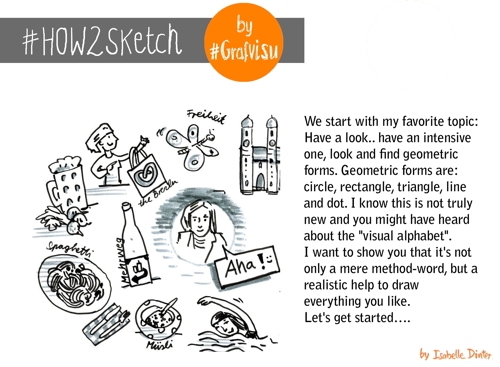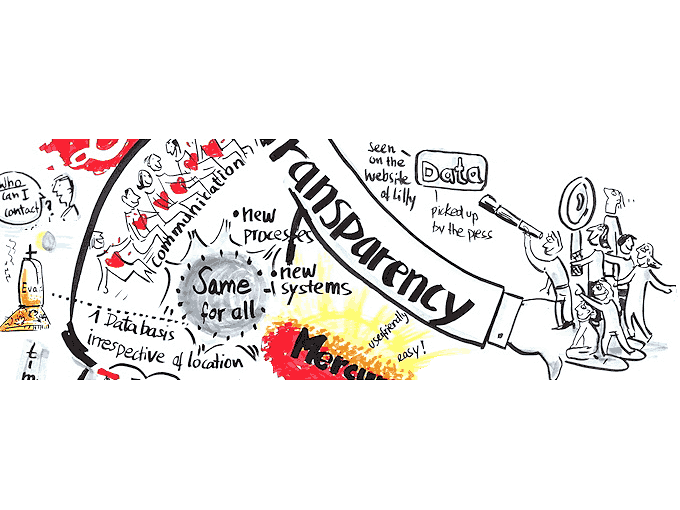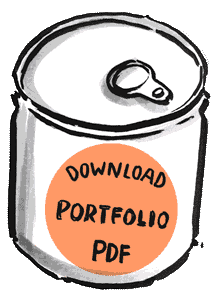
No, not just great Illustration…
Mehr als der souveräne Umgang mit dem Stift
Einige unter uns sind studierte Illustratoren. Jedoch unterscheidet sich die Arbeitsmaterie doch in eingen Punkten vom Arbeiten am Grafiktablett oder Schreibtisch. Der Anspruch beim Entwerfen eines Fantasyroman-Buchdeckels ist ein ganz anderer als die live Visualisierung.
Natürlich hilft es, souverän mit dem Stift umgehen zu können. Psychologisch von imensem Vorteil, zu wissen, dass ich kaum denken muss, wenn ich einen Menschen zeichnen soll. Jeder Automatismus, jeder Griff in die Repertoirekiste entspannt den live act. Mein Fokus ist komplett auf den Inhalt gerichtet.
Mike Rohde, der große Sketch Noting-Mann –> ”the Sketch Note Handbook, The Illustrated guide to Visual Note Taking“ sagt in 3 Worten, um was es hier geht: IDEAS not ART
Was nach mehereren Tagen Konferenz am Ende auf der Big Map zu sehen ist, ist also n i c h t n u r Illustration. Der gekonnte Umgang mit dem Stift (zeichnen) in Kombination mit einem hellwachen Visual-Thinking-Mind führt zu visuellen Ergebnissen, die sich sehen lassen können. Ein Top-Level Visualisierer kommt nicht ohne eine gute Portion Humor und ein Gefühl für Sprachwitz als Nährboden aus. Die besten Visuals entspringen gekonnt verwerteten Analogien, spielen mit Sprache und Zitaten. Für den Betrachter kein Kraftakt mehr: So gelangt Information direkt in die linke Großhirnrinde. Der Kontext steht über das Bild zur Verfügung.
Mit einer ästhetisch faszinierenden Visualisierung ist es also nicht getan, es geht um Inhalte, Einsichten und die Macht des Bildes in der Kommunikation.
Wer wissen will, wo die Verknüpfungen im Gehirn zustandekommen, liest hier im Forschungsprojekt der Uni Bielefeld weiter.



